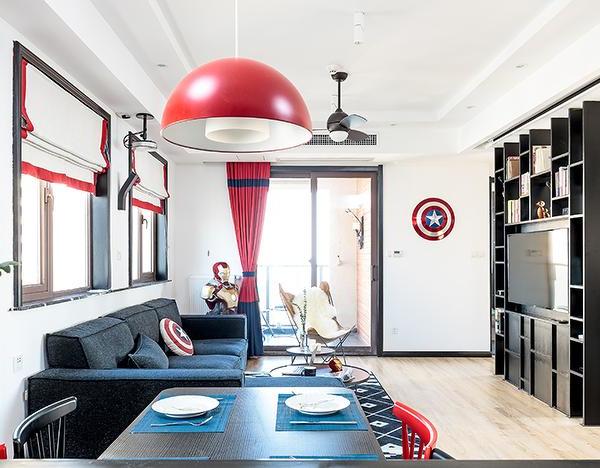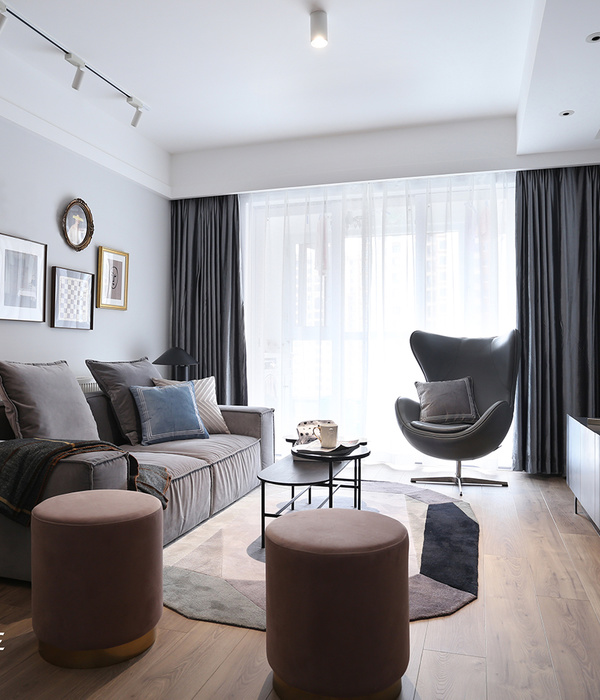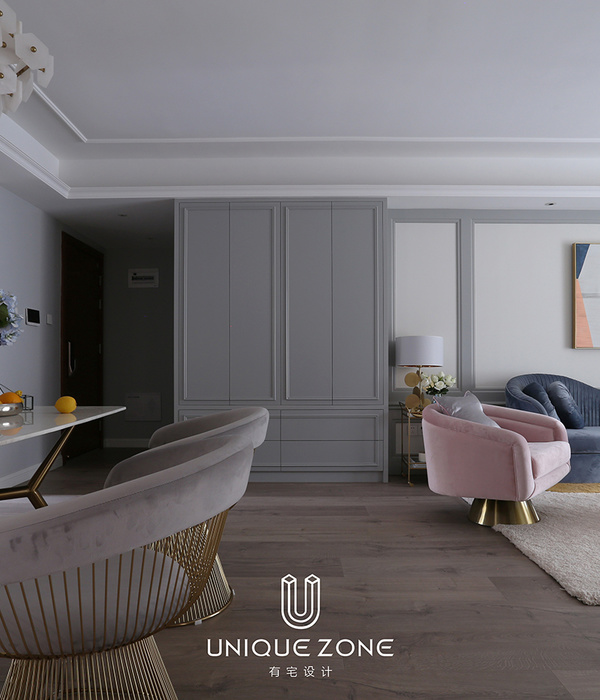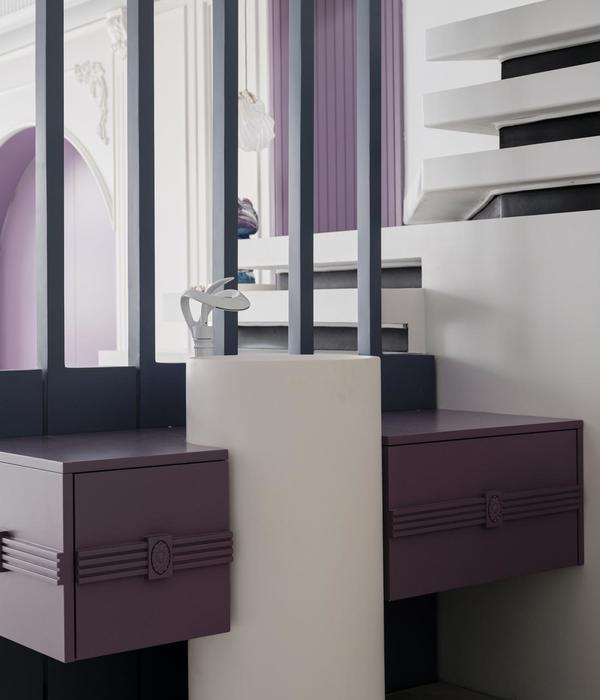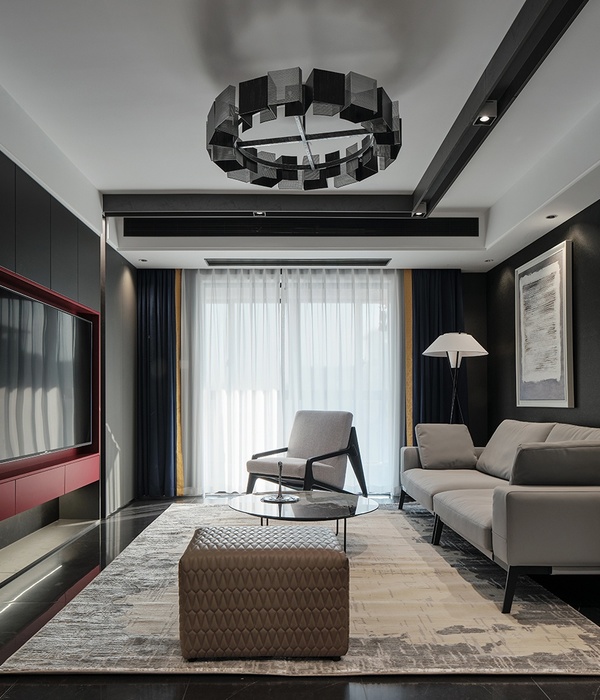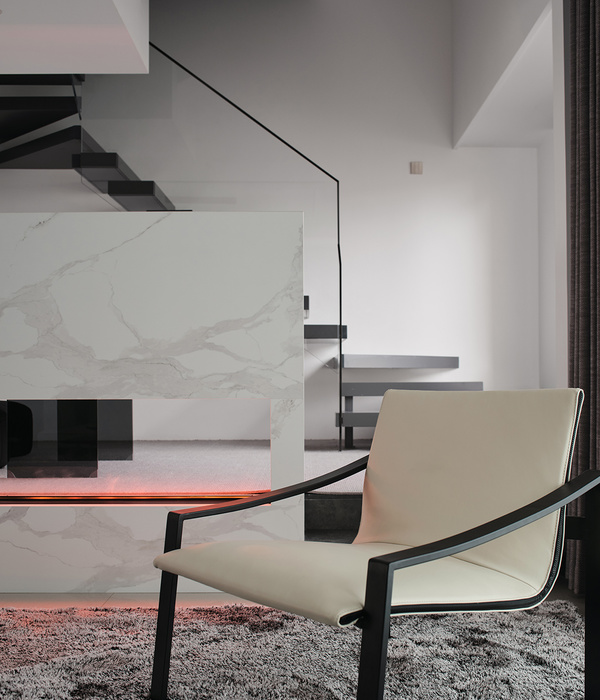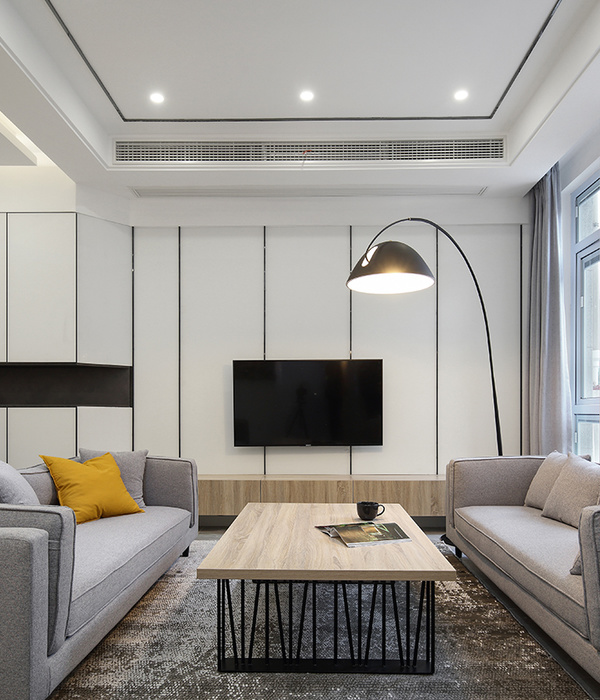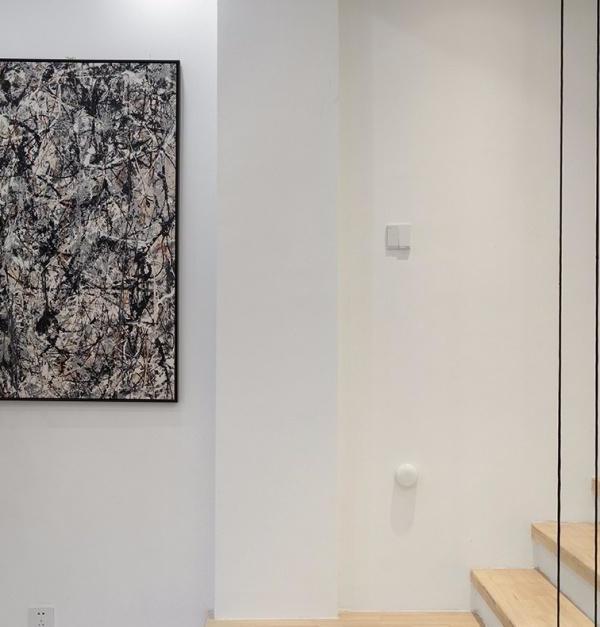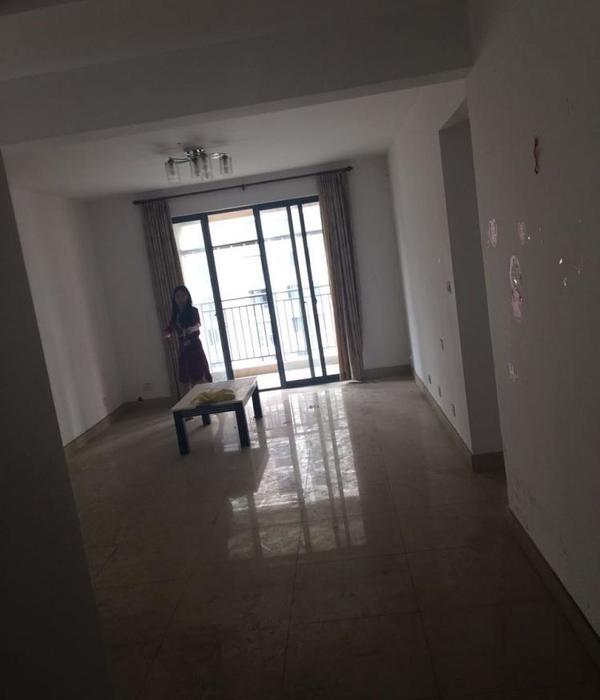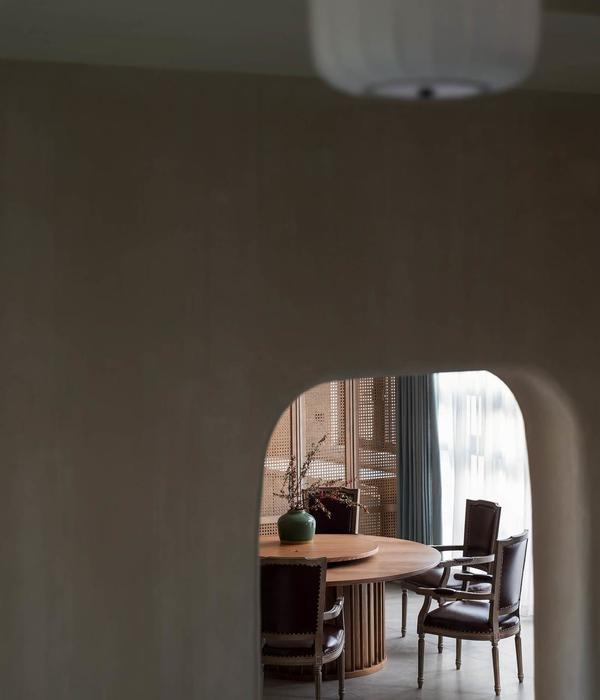场地
新警察局位于议会大厦的预留发展区域。场地周围有壮观的山毛榉树,因此设计建筑避让开这些树木,主要体量位于场地北面。停车场则位于山毛榉树下。其余的区域作为绿化空间与道路隔开。
建筑
建筑与街道之间没有繁茂的花园隔开,也没有围栏保护以防公众接触。但警察局的形象应是可亲可近的。出于高安全性,使用以及功能的灵活性要求,提出一个紧凑,抽象,横向发展的内敛体量。公共访问入口是被抬高的大门廊。工作人员的入口则被放在另外一端。
质地
内部则完全相反。轻盈的双层高度空间和拥有庭院的私人区域。白色是主色,但各处的质地稍有变化:和外观一样的混凝土,抛光石材地面,白色的砖,木墙,白色的天花板。
核心
室内的采光受建筑内部组织的影响。内部的结构层次和功能层次有序,庭院与主要路径垂直。公共区域和部门之间过渡明确。
The site
The new police station is located on the outskirts of the neighborhood in a zone reservedfor council buildings. The proposal is placed in a pre-existing grove of magnificent beechtrees that determine the main decisions for the project. The main building mass isconcentrated at the north end of the site, in the unoccupied area, while the car park isorganized around the grove. The remainder of the site forms a green cushion that separatesthe building from the road becoming a transition space for the visitors.
The building
The building is separated from the street by no more than a wooded garden. There are norailings to bar the public. The police should be seen to be accessible and friendly. A compact, horizontal, abstract and introverted volume is proposed due to the requirements ofhigh-security, use and flexibility of the program. The public entrance is formed by raisingthe head at one of the ends of the building forming a large access porch. The staff entranceis placed at the opposite end of the main facade.
The materiality
Once inside everything changes. A system of double height spaces and patios organize theprivate zones and flood the interior with light. The color white becomes the main player.Its texture changes to differentiate the different walls: textured concrete for theexterior, polished stone on the floor, white brick and wood for the walls, perfect white forthe ceiling…
The briefing
The lightness of the interior is also reflected in the organization of the building. Theprogram is ordered around strict hierarchical and functional criteria.A longitudinal spine-like scheme ordered around the patios orders the program in plan andestablishes a clear transition between the public and the private.
MORE:
Josep Ferrando
,更多请至:
{{item.text_origin}}

